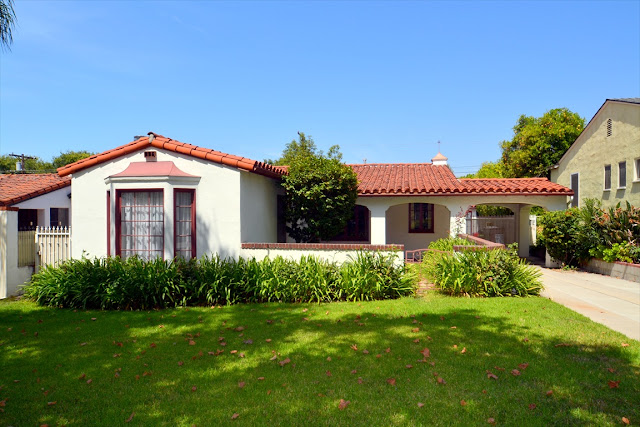MODERN INDIAN ARCHITECT (Page 5)
However, these reinterpretations of traditions are limited to the planning and spatial organisation of buildings and do not address the development of their architectonic form. For instance, Rewal interpreted the Spatial morphology of the desert town of Jaisalmer to design public housing in Delhi, and Correa - the mandala used in the planning of Jaipur to develop the plan for Jawahar Kala Kendra in Jaipur. The Visual vocabulary and aesthetics remained modernist and Western. The development of the plan and the elevation of the buildings were Sourced from different iconic images, one indigenous and the other western, but the indigenous was still interpreted through the values of the modernist west. This move was lauded by western critics - which approval consequently established local benchmarks.
The situation has now changed further. In the process of the use and reuse of iconic images, there is little that remains identifiably authentic or pure. These icons are hybrid in nature, having evolved out of the continual intermixing of the Western and Indian Cultural Sensibilities over a Substantial period of time. The hybrid architecture which has resulted must be recognised as a new architecture, rather than hastily derided as the debasement of older models. Architectural critics in India have as yet been unable to recognise the true meaning and challenge of these hybrid architectural formations. on the one hand, this hybrid architecture is dismissed as comic - "Punjabi Baroque' as the title of architect Gautam Bhatia's provocative book claims.
On the other hand, it is valorised as modern Indian architecture, but merely as a regional variation of the master narrative which was, and continues to be, of western architectural development (perhaps not an unfair assessment under the circumstances, out still missing the point). Again, both evaluations are based on western criteria of aesthetic appreciation. There is a strong need for an independent, hybrid, local framework for assessing these architectural developments, because the circumstances necessitate it: politically, socio-culturally and, of course, architecturally in a globalising World. In India, we are living simultaneously within, between and after culture, and neither the Western nor the traditional Indian framework is adequate to explain current architectural formations, as has analogously and forcefully been demonstrated by the proliferation of Indian Writing in English. The specific legacy of postcolonialism is recognised and problematised in other disciplines such as the social sciences, fine arts and literature, but not, unfortunately, in architecture.
(Continues...)




Comments
Post a Comment